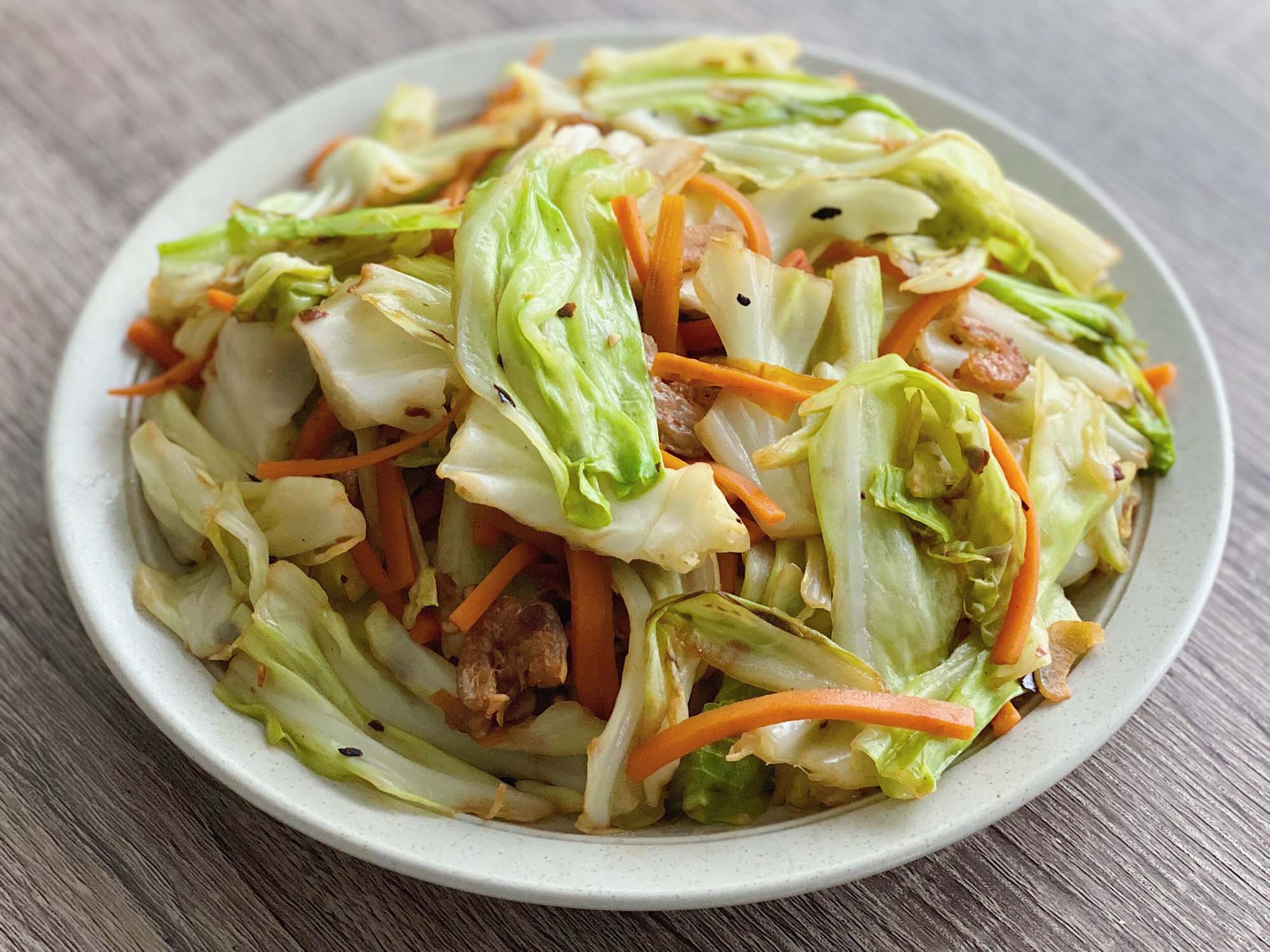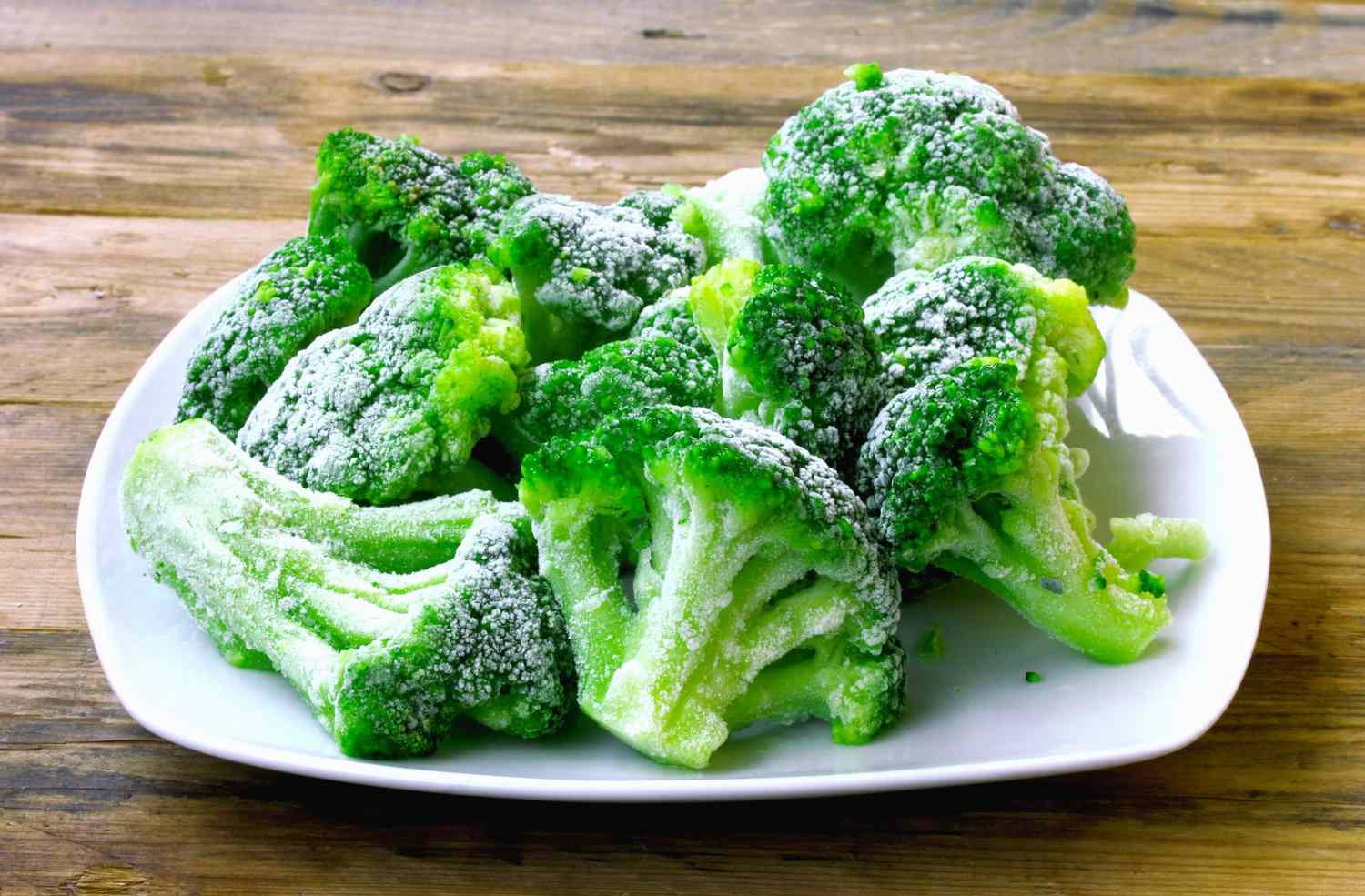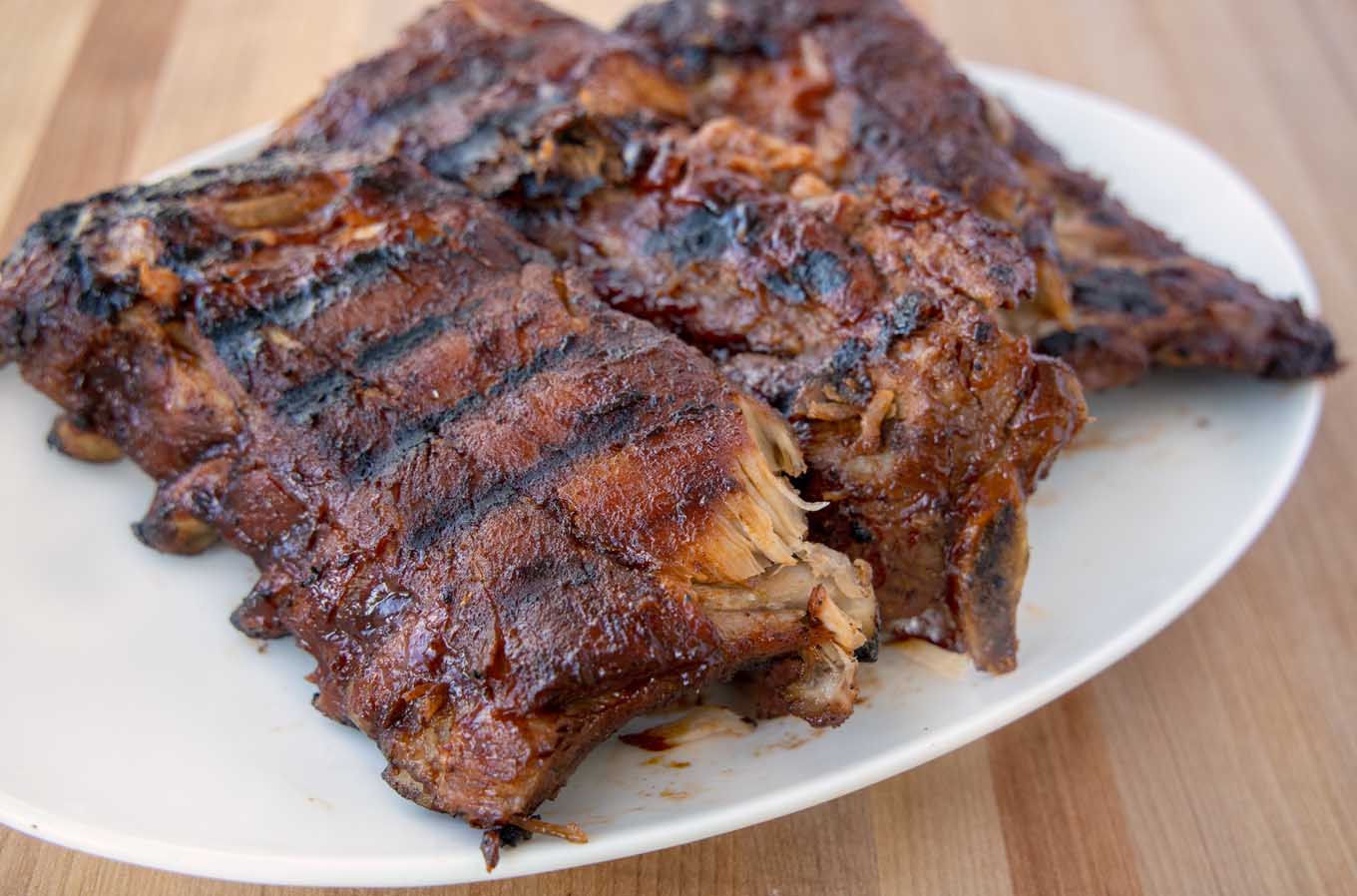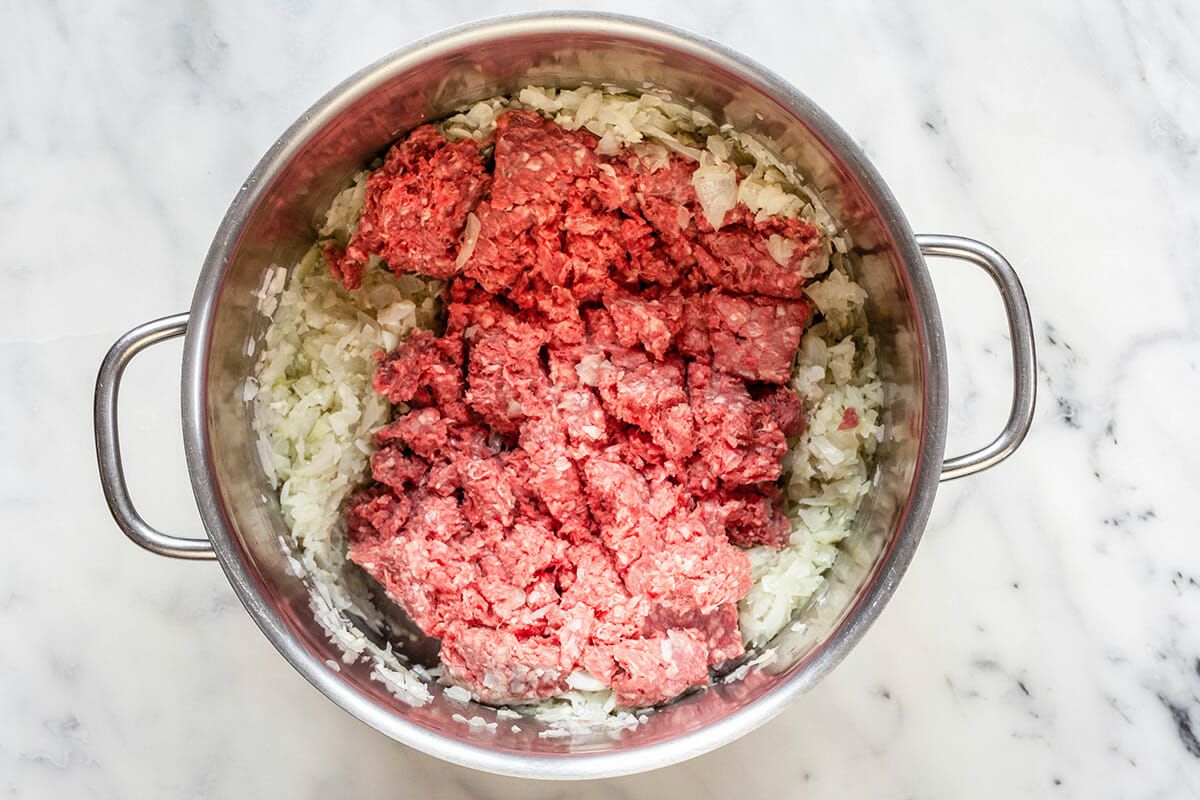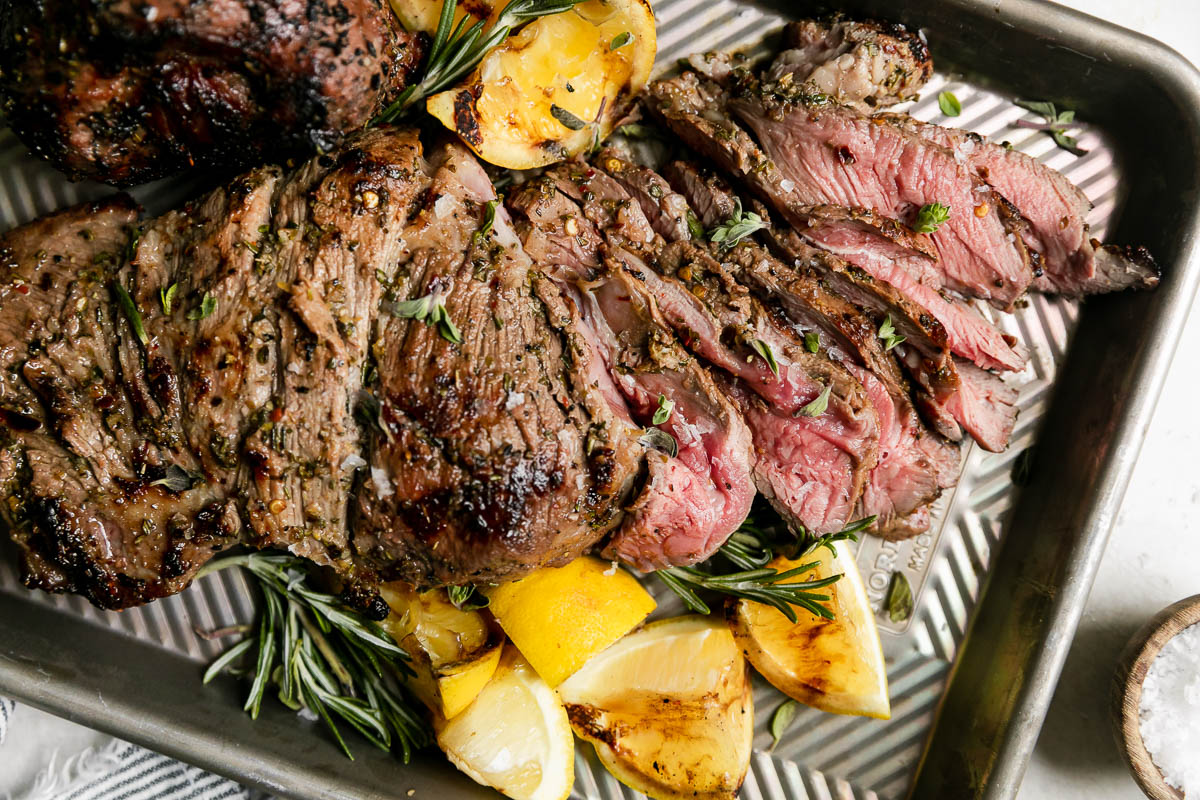How to Make a Soup Creamy
When it comes to soups, there’s nothing quite like a creamy bowl of goodness to warm you up on a chilly day. Whether you’re a fan of classic tomato soup or savory potato soup, adding a creamy touch can take your soup to the next level. In this blog post, we’ll explore some tips and tricks on how to make any soup delightfully creamy.
1. Choose the Right Base
The base of your soup plays a crucial role in achieving a creamy texture. Consider using ingredients such as full-fat dairy milk, cream, coconut milk, or vegetable broth mixed with a roux. These options will provide a rich and velvety base for your soup.
2. Incorporate a Thickening Agent
To give your soup that luxurious creamy consistency, you’ll need a reliable thickening agent. A popular choice is flour or cornstarch, as they easily dissolve in liquid and help thicken the soup. Alternatively, you can use pureed vegetables or a handful of cooked rice or oats to add thickness.
3. Embrace the Power of Blending
If you desire a perfectly smooth and creamy soup, blending is your best friend. Use an immersion blender or a regular blender to puree the soup until it reaches your desired consistency. This technique works wonders for creamy classics like butternut squash, broccoli, or cauliflower soup.
4. Add Creaminess with Dairy or Non-Dairy Options
A splash of cream, sour cream, or Greek yogurt can add a heavenly creaminess to your soup. If you prefer non-dairy alternatives, try coconut cream or cashew cream for a decadent touch. Remember to add these creamy ingredients slowly, stirring continuously to incorporate them into the soup.
5. Don’t Forget the Seasonings
Enhance the flavor of your creamy soup by seasoning it well. Experiment with spices like garlic powder, onion powder, paprika, or herbs like thyme, basil, or parsley. Sprinkle a pinch of salt and a dash of freshly ground black pepper to accentuate the flavors.
6. Simmer and Stir for Depth
Simmering your soup on low heat allows the flavors to meld together and intensify. As it simmers, be sure to stir occasionally, preventing the soup from sticking to the bottom of the pot and ensuring a creamy consistency throughout.
7. Garnish for Visual and Textural Appeal
A well-chosen garnish can not only enhance the visual appeal of your soup but also add a delightful crunch or creaminess. Consider toppings like croutons, grated cheese, fresh herbs, crispy bacon bits, or a drizzle of olive oil. These garnishes can take your creamy soup to new heights.
Now armed with these tips, you’re ready to create a soup that is creamy, decadent, and full of flavor. Whether you’re serving it as a comforting meal or as an elegant starter, a creamy soup is bound to impress your taste buds and warm your soul.
So go ahead, unleash your creativity in the kitchen, and enjoy the indulgence of a perfectly creamy soup!
Was this page helpful?
Read Next: How To Make African Peanut Butter Soup
